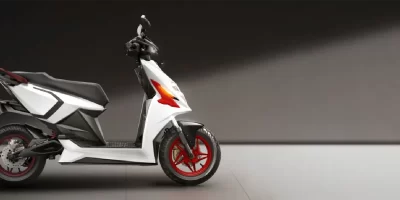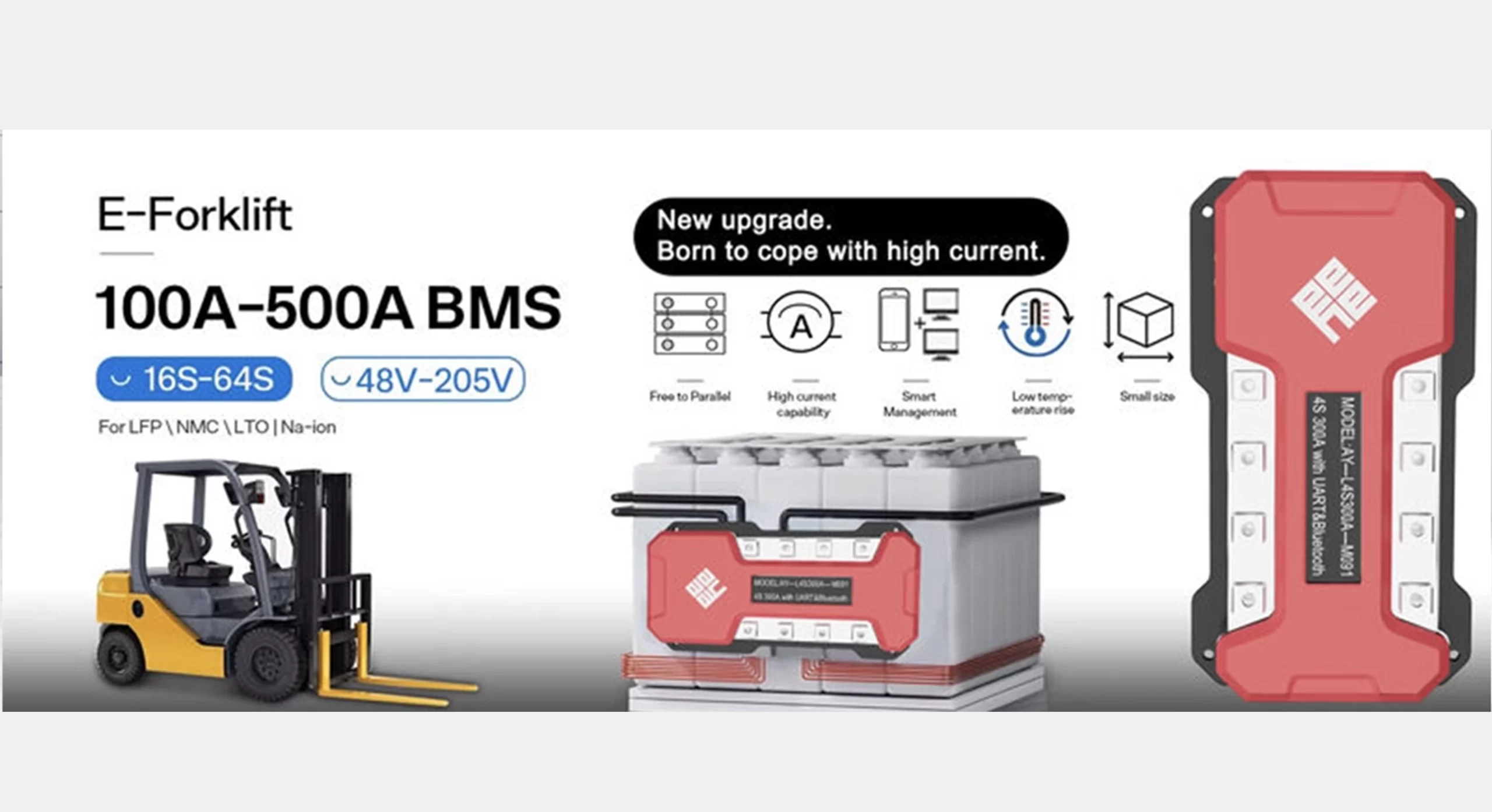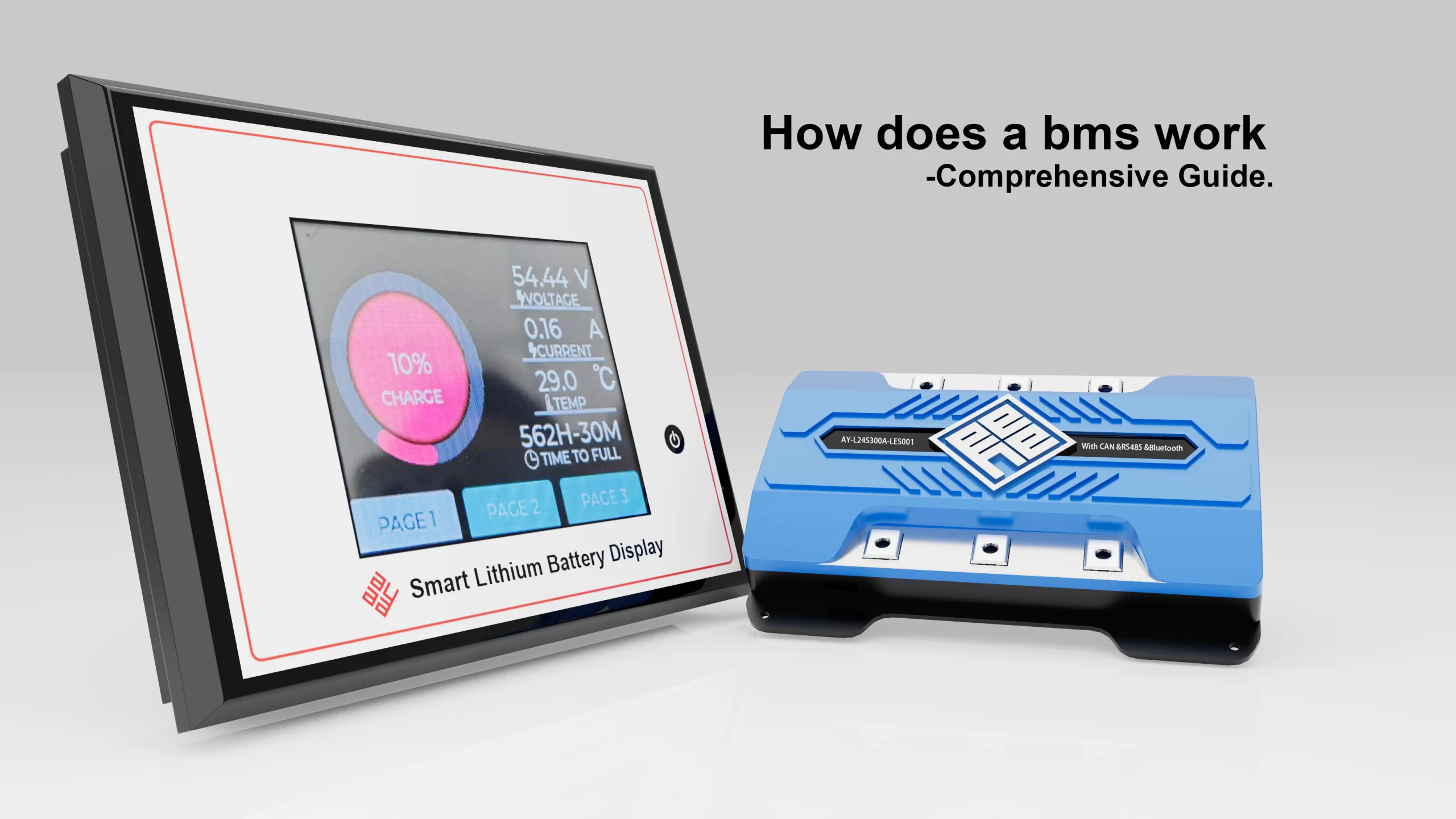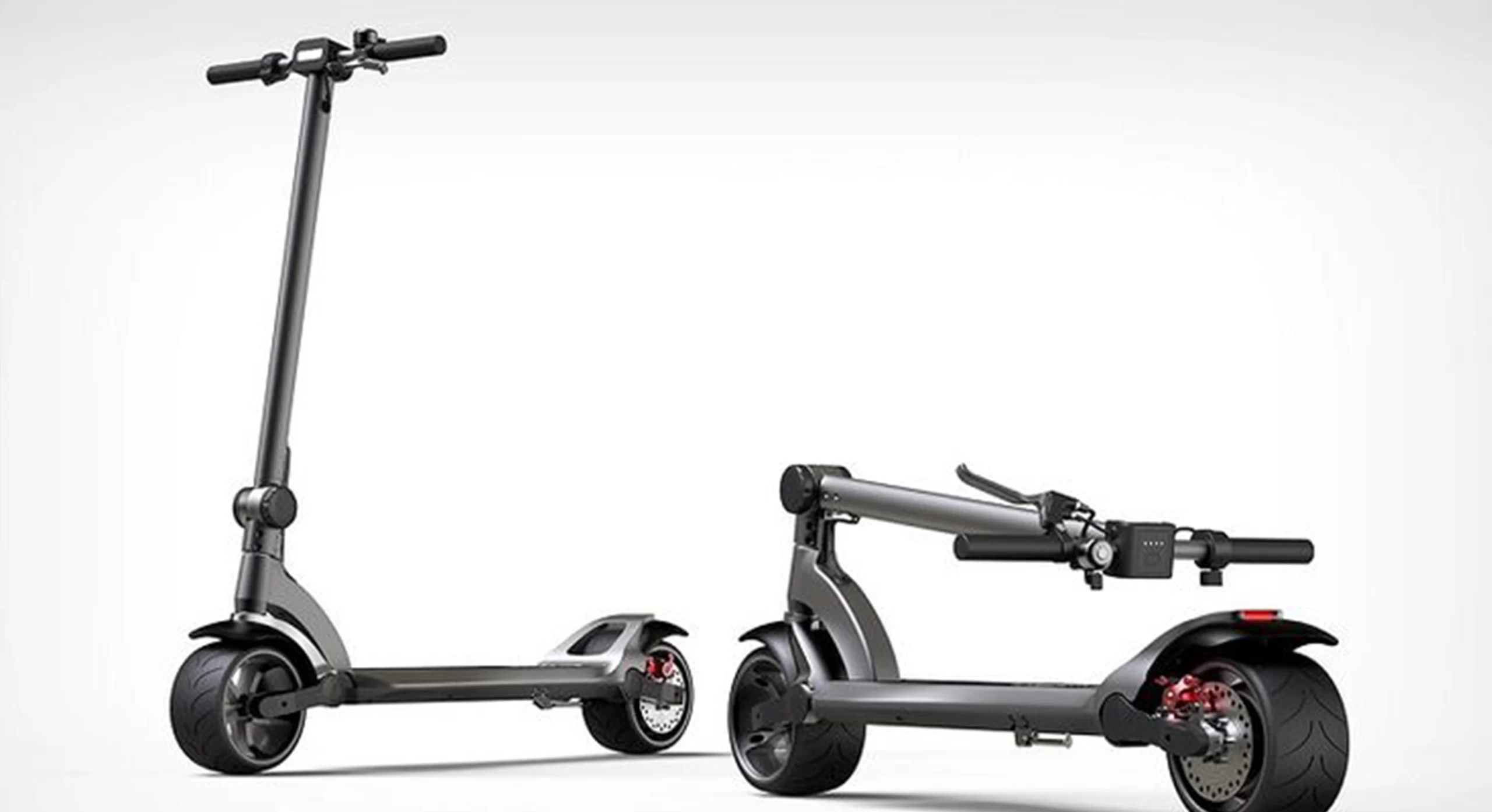ホームページ About Us EVENTS & NEWS Why LiFePO4 Battery Management Systems Are Crucial for EV and Solar Power
Why LiFePO4 Battery Management Systems Are Crucial for EV and Solar Power
Why LiFePO4 Battery Management Systems Are Crucial for EV and Solar Power
Introduction: The Hidden Risk Behind Power Innovation
A clean, renewable future is promised by solar energy systems and electric vehicles (EVs). However, these systems face risks of battery failure, overcharging, overheating, or premature degradation. This is where the LiFePO4 battery management system comes in—a vital guardian that regulates performance, safety, and longevity of your battery system.

What is a BMS for Lithium Ion Battery? A Technical Breakdown
An intelligent electronic control system, the lithium BMS monitors and regulates lithium-based batteries, especially durable LiFePO4 cells. Key functions include:
- Voltage and current monitoring
- Cell balancing
- Temperature management
- Charging/discharging control
- Communication with systems via CAN, UART, RS485
Core Functions of a Battery Management System Li-ion
- Voltage Monitoring: Prevents overcharge and under-discharge.
- Temperature Protection: Stops charging/discharging during thermal threats.
- Cell Balancing: Ensures uniform cell voltage.
- State Estimation: Tracks SoC, SoH, and SoP using algorithms.
- Fault Detection: Rapid response to shorts and overcurrent conditions.
2025’s Top BMS for Li Ion Battery: Comparison Table
| Brand | Voltage Range (V) | Max Current (A) | Communication | Application Type | Special Features |
|---|---|---|---|---|---|
| Ayaa Tech (BOSSCAT Series) | 12V–96V | 350A | CAN/UART/RS485/Bluetooth | EV, Solar, Golf Carts, Industrial Storage | Smart App, Active Balancing, Custom Firmware, Multi-Protocol Support |
| Daly Smart BMS | 24V–72V | 200A | CAN/BT | E-bikes, Solar | Mobile Monitoring, Auto Sleep |
| JBD BMS | 12V–60V | 150A | UART/CAN | ESS, Scooters | PC Configuration, SoH Monitoring |
| ANT BMS | 48V–96V | 100A | CAN/BT | Marine, EV | Temp Logging, App Control |
| Overkill Solar BMS | 12V–48V | 100A | UART | Solar Power | Pre-charge, Open-source Configuration |
Choosing the Right LiFePO4 Battery Management System: 3 Golden Rules
- Voltage Matching: Match your pack’s series count with your BMS.
- Current Capability: Choose a BMS with slightly higher current specs than your peak demand.
- Communication Protocols: Ensure compatibility with CAN, UART, etc. for smart integration.
Installation Pitfalls: A Step-by-Step Guide to Doing It Right
- Voltage Configuration: Ensure pack voltage matches BMS rating and polarity is correct.
- Temperature Sensor Placement: Install thermistors at central/hottest spots; avoid metallic interference.
- Insulation Testing: Run tests to prevent dangerous shorts before first use.
Top 5 FAQs About BMS for Li Ion Battery
- Q1: Lithium BMS vs. generic BMS?
A: Lithium BMS is tailored for precise SoC/thermal controls required by chemistries like LiFePO4. - Q2: Can LiFePO4 BMS be used on NMC packs?
A: Not recommended—chemistry-specific charging behavior differs. - Q3: How does BMS balance cells?
A: Mostly through passive resistor discharge; advanced models use active balancing. - Q4: Can BMS track battery health?
A: Yes, using SoH metrics and predictive analysis. - Q5: Is DIY installation safe?
A: With proper knowledge and equipment—yes. Otherwise, professional installation is best.
Conclusion: Empowering the Future with a Smart Lithium BMS
A LiFePO4 battery management system is not just a safety feature—it’s the brain of your power system. It ensures durability, enables diagnostics, and optimizes performance. For every volt and every mile, choose a BMS that leads.
Looking for the best BMS for your application?
Visit Ayaa Technology to explore the BOSSCAT Series, or contact our team directly at ayaa@ayaatech.com. We’ll help you select the ideal solution for your solar energy or EV setup.
News Recommend
-
How does AYAATECH BMS work in E-scooters
01/16/2025













